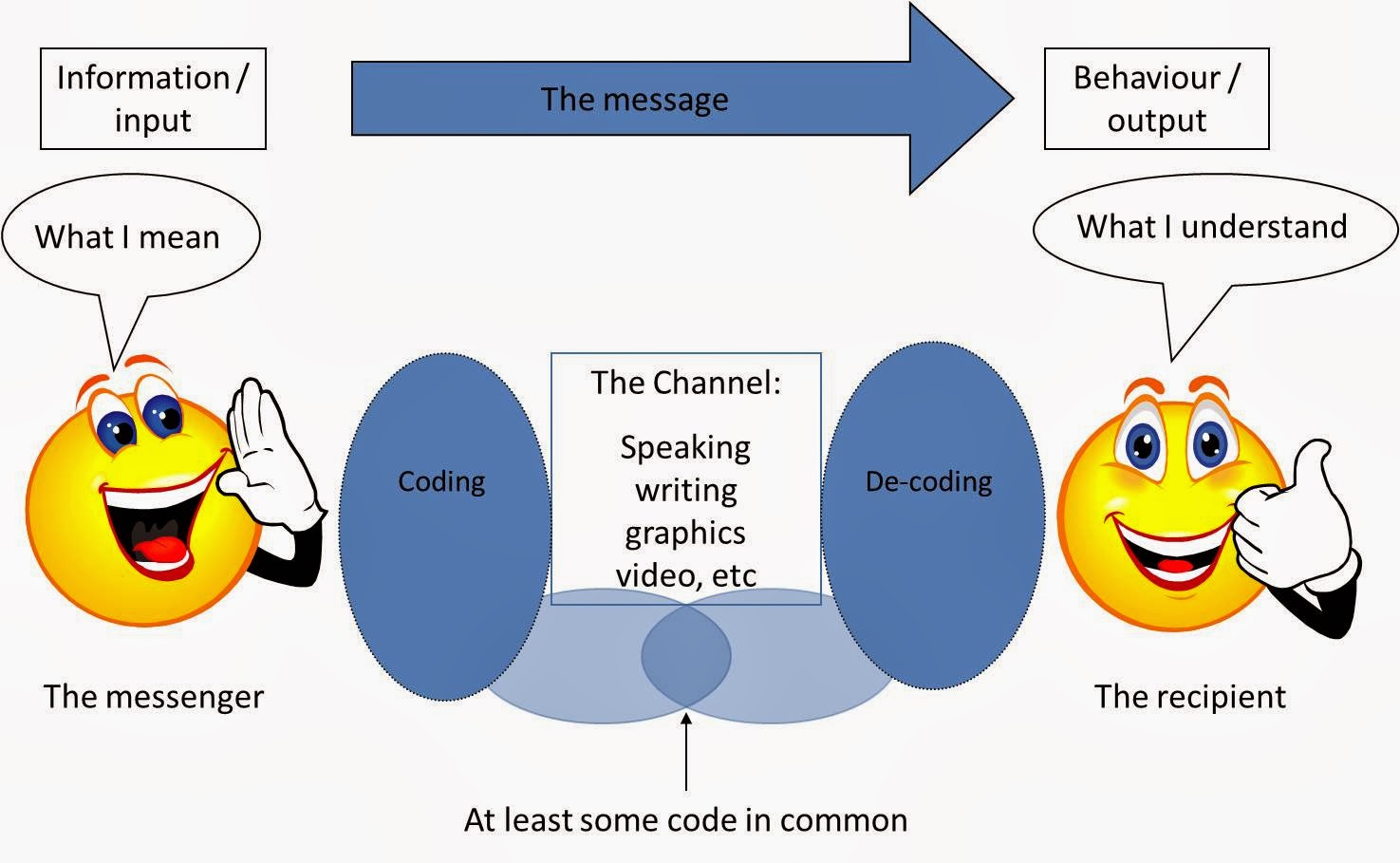Introduction to AI
What is Artificial Intelligence (AI)?
Artificial Intelligence (AI) represents the frontier of
computer science, aiming to simulate human intelligence through machines. These
machines are designed to mimic human cognitive functions like learning and
problem-solving, allowing them to perform tasks that generally require human
intelligence.
Types of Artificial Intelligence
- Narrow
AI:
- Description:
AI designed to perform a specific task with expertise, such as voice
recognition or internet searches.
- Example:
Apple’s Siri, which assists in daily tasks using voice commands.
- General
AI:
- Description:
AI that possesses the ability to understand and learn any intellectual
task that a human can.
- Example:
IBM’s Watson, known for its ability to analyze unstructured data across
various fields.
- Superintelligent
AI:
- Description:
A theoretical form of AI that surpasses human intelligence and capability
in all aspects.
- Example:
Hypothetical future AI that could independently develop scientific
theories.
Importance of AI in Education
AI’s role in education is crucial as it transforms
traditional teaching methodologies and administrative operations, enhancing
learning outcomes and operational efficiency. Below are key areas where AI
impacts education:
1. Personalized Learning
- Adaptive
Learning Platforms:
- Khan
Academy: Adjusts to individual learning styles and paces, providing
personalized educational paths.
- Data-Driven
Personalization:
- AI
Tutoring Systems: Utilizes data from student interactions to tailor
resources and feedback, optimizing learning efficiency.
2. Automation of Administrative Tasks
- Automated
Grading:
- Grading
Software: AI can quickly grade assessments, reducing the workload on
teachers.
- Admissions
and Record Keeping:
- Management
Systems: AI helps streamline school admissions and manage extensive
student databases effectively.
3. Enhanced Accessibility
- Assistive
Technologies:
- Microsoft’s
Immersive Reader: Assists students with dyslexia by providing
read-aloud and text simplification features.
- Speech
Recognition:
- Voice-Controlled
Interfaces: Help students with physical impairments access digital
educational resources.
4. Intelligent Tutoring Systems
- Personalized
Instruction:
- Carnegie
Learning: Delivers AI-driven math tutoring with personalized learning
experiences.
- Language
Learning:
- Duolingo:
Offers adaptive language education based on user proficiency and
engagement.
5. Virtual Learning Environments
- Virtual
Reality (VR) and Augmented Reality (AR):
- Science
VR Simulations: Create immersive simulations for complex scientific
concepts.
- AI
Chatbots:
- Jill
Watson at Georgia Tech: Provides student support in MOOCs, answering
queries efficiently.
6. Data-Driven Insights
- Learning
Analytics:
- Data
Analysis Tools: Help educators understand learning behaviours and
improve educational strategies.
- Predictive
Analytics:
- Early
Warning Systems: Predict student performance trends and identify
students at risk of dropping out.
7. Global Learning
- Cross-Cultural
Platforms:
- Global
Classroom Initiatives: Enable students from different cultural
backgrounds to learn together online.
- Scalable
Solutions:
- Online
Learning Modules: Ensure educational accessibility globally,
especially in remote areas.
8. Teacher and Institutional Support
- Professional
Development:
- Skill
Gap Analysis: AI identifies areas for teacher development and
recommends tailored training programs.
- Strategic
Planning:
- Resource
Allocation Tools: Aid in decision-making by analysing educational
outcomes and resource needs.
Integrating Artificial Intelligence into the educational
landscape heralds a profound transformation in how teaching and learning are
approached and delivered. AI promises not only to enhance the individualisation
of learning, making it more accessible and engaging but also to streamline
administrative processes, thereby allowing educators to focus more on the
pedagogical aspects of their profession. As AI continues to evolve, its
potential to support and enrich the educational environment is immense,
offering students personalised pathways and previously unimaginable
opportunities. The future of education with AI is bright, promising increased
efficiency, inclusivity, and innovation that will better prepare students for
the challenges of the future world.
.png)


Comments
Post a Comment